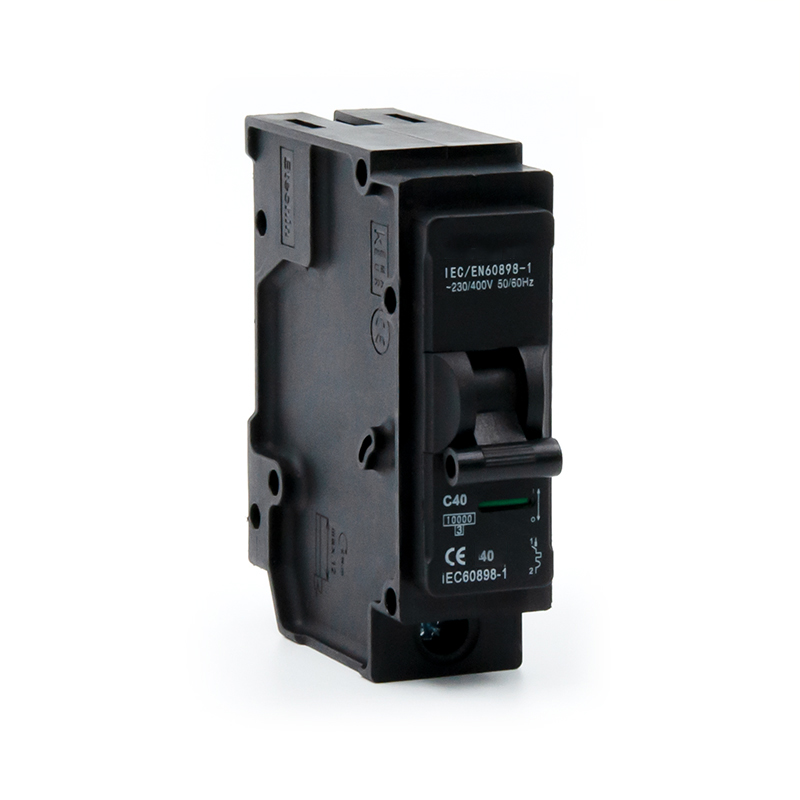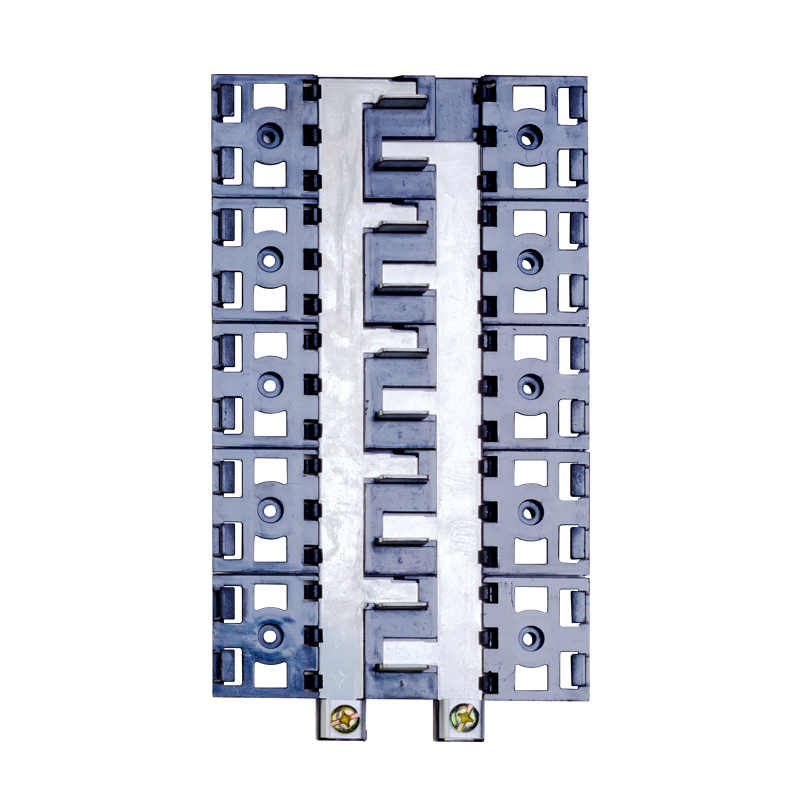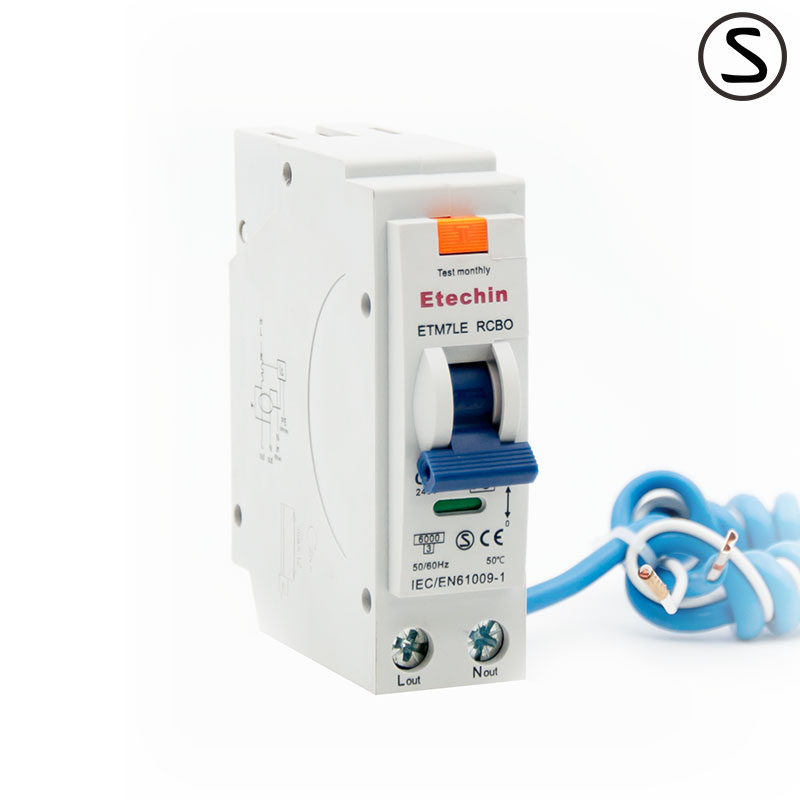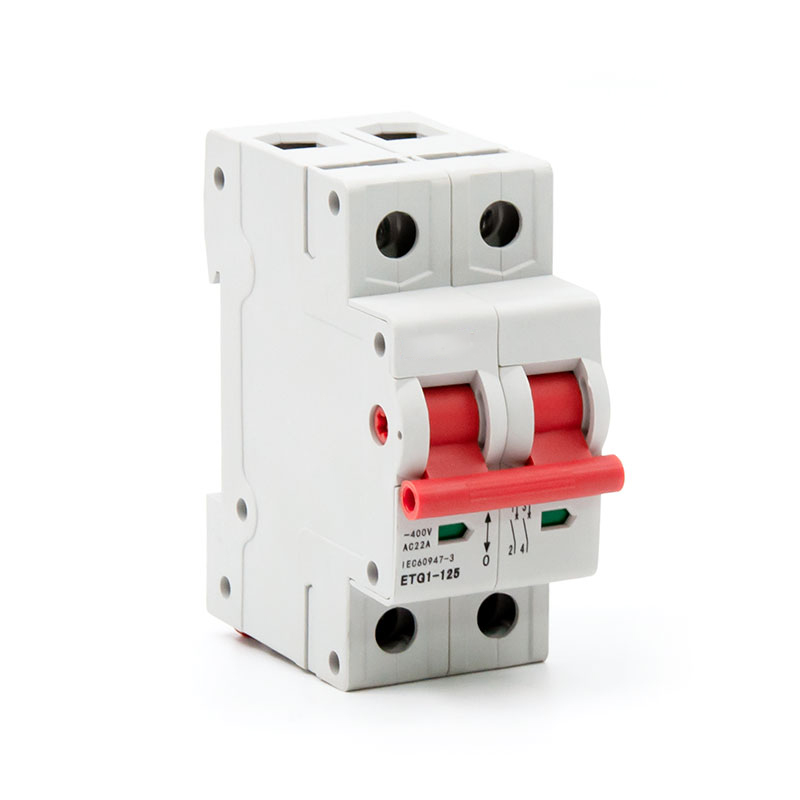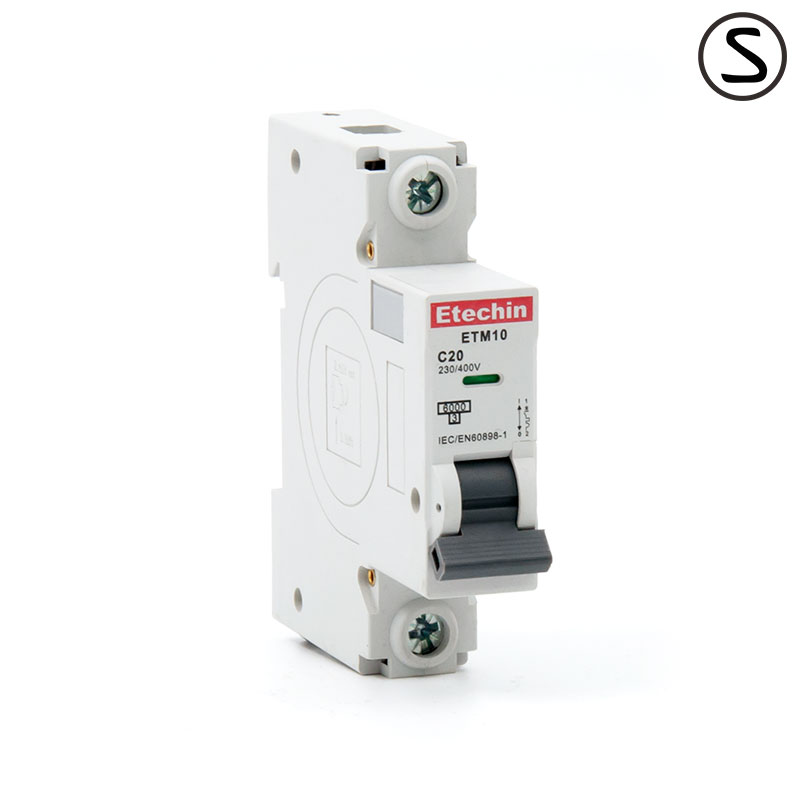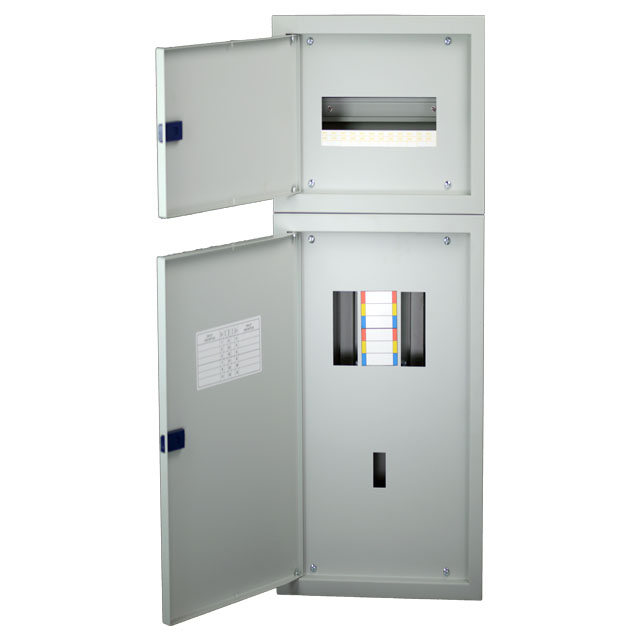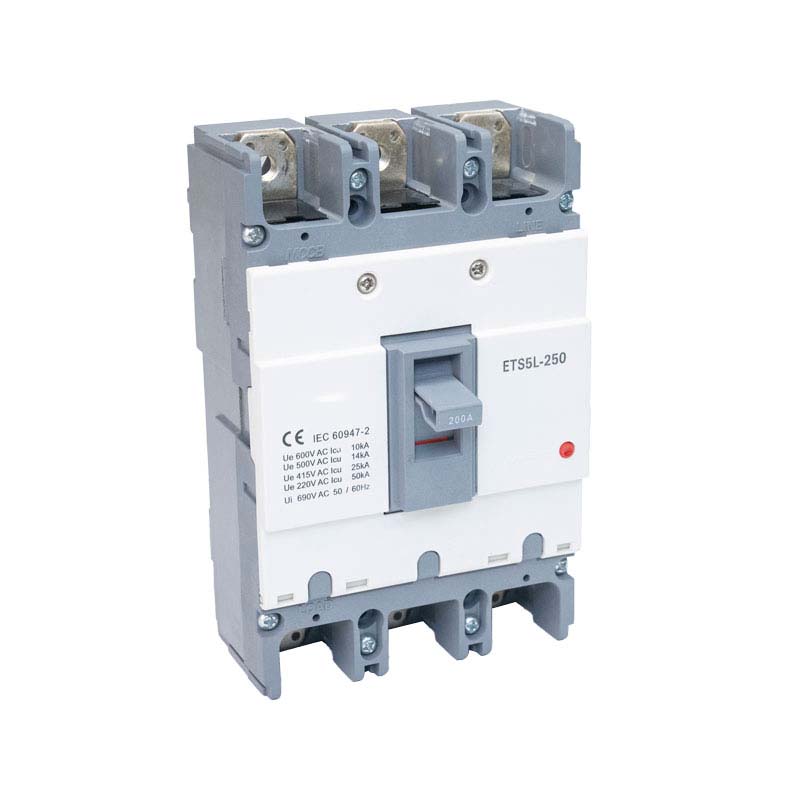1P, 2P, 3P, B C D curve, MCB, ETM6, DC, AC, miniature circuit breaker, plug in
Products Description
ETM6 series MCB is in complied with IEC 60898-1 standard. It has the certification of KEMA / Dekra , CE and CB.
The breaking capacity of ETM6 is 10KA, or 6KA
The tripping type is B, C, or D curve.
The rated current is (1A, 2A, 3A, 4A) 6A, 10A, 16A, 20A, 25A, 32A, 40A, 50A, 63A. The rated current is related to different area using for example one pole 10 to 16 ampere is normally used for lighting, 20 ampere to 33 ampere is normally used for kitchen and bathroom area, also used for air conditioner and other line equipment. some customers will choose 2 pole, 40 ampere to 63 ampere as main switch instead of isolator.
Rated insulation voltage: 230V, 240V, 230 / 240V (1 Pole); 400 / 415V (2 poles, 3 poles)
It has single pole (1p), double poles (2p), three poles (3p), and four poles, which is one inch breaker sizes per pole.
There is a position indicator equipped on the products, Red is on, Green is off.
The MCB terminals are IP20 protection which is designed for finger and hand touch safe to keep the safety during installation.
The ETM6 MCB can work reliably in harsh environment, in ambient temperature from -25°C to 55°C.
The electrical life can be up to 8000 operations and mechanical life up to 20000 operations, while the IEC requirement is only 4000 operations and 10000 operations.
The mounting type is plug-in on top terminal ,wiring bottom.
Technical Characteristic
|
Standard |
IEC/EN 60898-1 |
||
|
Electrical |
Rated current in |
A |
( 1 2 3 4) 6 10 16 20 25 32 40 50 63 |
|
features |
Poles |
1P 2P 3P 4P |
|
|
Rated voltage Ue |
V |
230/400 ,240/415 |
|
|
Insulation coltage Ui |
V |
500 |
|
|
Rated frequency |
Hz |
50/60Hz |
|
|
Rated breaking capacity |
A |
4.5/6/10KA |
|
|
Rated impulse withstand voltage (1.2/50)Uipm |
V |
6000 |
|
|
Dielectric test voltage at and ind.Freq.for 1min |
KV |
2 |
|
|
Pollution degree |
2 |
||
|
Themo-magnetic release characteristic |
B C D |
||
|
Mechanical |
Electrical life |
above 4000 |
|
|
features |
Machanical life |
above 10000 |
|
|
Contact position indicator |
Yes |
||
|
Protection degree |
IP 20 |
||
|
Reference temperature of setting of thermal element |
°C |
30 or 50 |
|
|
Ambient temperature(with daily average≤35°C) |
°C |
-25~+55 |
|
|
Storage temperature |
°C |
-25…+70 |
|
|
Installation |
|||
|
Terminal size top/bottom for cable |
mm² |
25 |
|
|
AWG |
18-3 |
||
|
Terminal size top/bottom for busbar |
mm² |
25 |
|
|
AWG |
18-3 |
||
|
Tightening torque |
N*m |
3 |
|
|
In-lbs. |
22 |
||
|
Mounting |
Plug in type |
1) The coordination of circuit breakers and circuit breakers should consider the instantaneous release action value of the upper circuit breaker, which should be greater than the maximum expected short-circuit current at the outlet end of the lower circuit breaker. , so that the short-circuit current value is not very different, the upper-level circuit breaker can choose a release with a short delay. 2) When the short-circuit current of the current-limiting circuit breaker is greater than or equal to the setting value of its instantaneous release, it will trip within a few milliseconds, so the lower-level protective appliances should not use circuit breakers to achieve selective protection requirements. 3) For a circuit breaker with short delay, when its time limit is set at the maximum delay, its on-off capacity will decrease. Therefore, in the selective protection circuit, it is considered that the short-time delay on-off capacity of the circuit breaker should meet the requirements. 4) It should also be considered that the short-circuit delay returnable characteristic of the upper-level circuit breaker and the action characteristic time curve of the lower-level circuit breaker should not intersect, and the short-time delay characteristic curve and the instantaneous characteristic curve should not intersect. 5) When the circuit breaker and the fuse are used together, the cooperation of the upper and lower levels should be considered, and the ampere-second characteristic curve of the circuit breaker should be compared with the ampere-second characteristic curve of the fuse, so as to have protection selectivity in the event of short-circuit current. 6) When the circuit breaker is used for the protection of the distribution line, the circuit breaker with the long-delay action overcurrent release should be selected. When a single-phase grounding short circuit occurs at the end of the line, the short-circuit current is not less than the instantaneous or short-time delay of the circuit breaker. 1.5 times the setting current of the current release.
